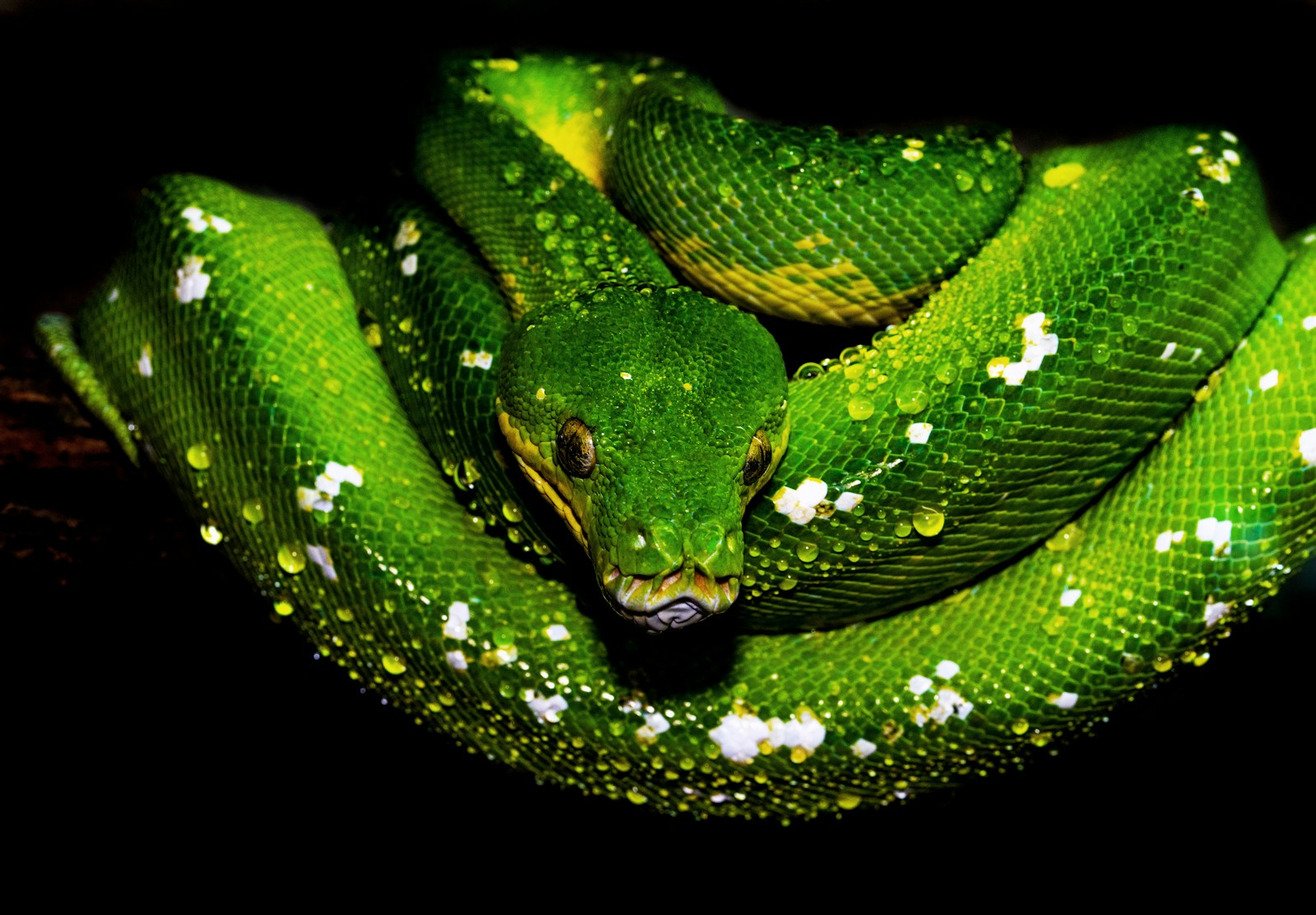
reptil

reptile
The word 'reptil' in Spanish translates to 'reptile' in English. A reptile is a type of animal that is cold-blooded, typically lays eggs, and has skin covered in scales or bony plates. Examples of reptiles include snakes, lizards, crocodiles, turtles, and tortoises. 'Reptil' can be used in a similar way in Spanish, to refer to these types of creatures.
Example sentences using: reptil
Algunos reptiles pueden cambiar de color.

Some reptiles can change color.
This sentence points out that some reptiles possess the ability to change their color.
No todos los reptiles son venenosos.

Not all reptiles are venomous.
This sentence is dispelling a myth that all reptiles are venomous.
El camaleón es un reptil fascinante.

The chameleon is a fascinating reptile.
In this sentence, an opinion is expressed about the chameleon being a fascinating reptile.
La serpiente es un tipo de reptil.

The snake is a type of reptile.
This sentence highlights that a snake is classified as a reptile.
Este reptil es conocido por su piel escamosa.

This reptile is known for its scaly skin.
The sentence is describing a characteristic common to reptiles - scaly skin.
Los reptiles son ovíparos.

Reptiles are oviparous.
Here, the sentence is stating a fact about reptiles - they lay eggs (are oviparous).
El reptil más grande del mundo es el cocodrilo de agua salada.

The largest reptile in the world is the saltwater crocodile.
This sentence brings forward a fact about the largest reptile in the world - the saltwater crocodile.
A los reptiles les gusta tomar el sol.

Reptiles like to sunbathe.
This sentence suggests that reptiles tend to bask in the sun, a typical behavior of this type of animals.
El lagarto es uno de los reptiles más comunes.

The lizard is one of the most common reptiles.
This informative sentence explains that lizards are one of the most commonly found types of reptiles.
El zoo tiene una nueva exposición de reptiles.

The zoo has a new reptile exhibit.
In this sentence, it is being communicated that there's a new exhibit showcasing reptiles in the zoo.